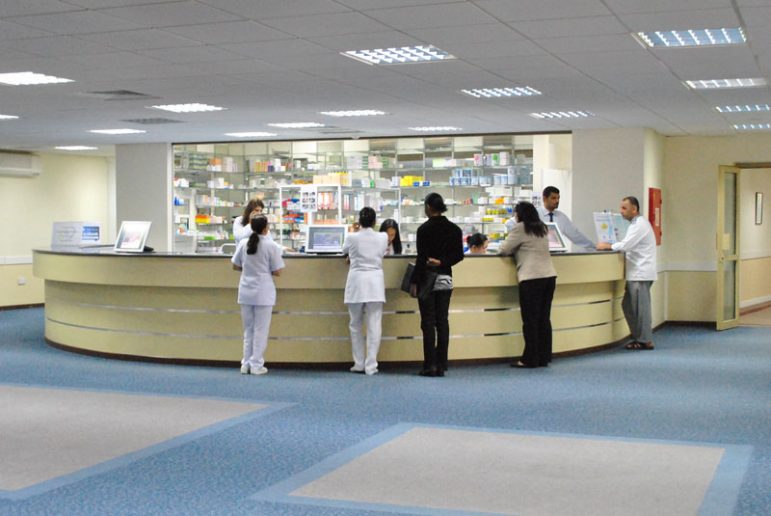Angel Stivers grew up in a small town in Kentucky. Her parents were both teachers, so Stivers always figured she’d be one too when she grew up. But a part-time job at the local pharmacy when she was in high school changed all that.
“I was really taken by the hand and put out on the front line. I was helping patients not only fill their prescriptions, but helping them make decisions. And I really realized that we are a trusted profession and we really can make a difference.”
Stivers studied hard in college, got good grades, and applied to pharmacy school. She did not get in.
“It was probably one of the biggest disappointments, but at the same time it made me more determined that that’s what I wanted to do and I wasn’t going to settle for anything other than what I wanted to do. So it only made me work harder for it.”
She retook a couple classes and the entrance exam and was eventually accepted at the McWhorter School of Pharmacy at Samford University in Birmingham, Alabama — where Joseph Dean is the dean — “dean squared”, he jokes.
“Each of the last two years we’ve had more than 1,000 qualified applicants for 120 spaces.”
Samford?s not alone. The American Association of Colleges of Pharmacy reports that total pharmacy school applications more than doubled in the last two years. And demand for prep classes for the Pharmacy College Admissions Test — or P-CAT — is also skyrocketing, says Justin Serrano — vice president of Kaplan Test Prep.
“There isn’t such a long training period. If you were going in to be an MD, you might spend four years in med school and depending on what your specialty is another four to eight years doing your residency.”
By comparison, pharmacists can work with just a bachelor’s degree, though many do go on for two more years of training. Other driving forces? Pharmacy is seen as more family-friendly than some other careers in medicine. That may be why women dramatically outnumber men at many pharmacy schools, even though female faculty at those schools face a glass ceiling. A study in the American Journal of Pharmaceutical Education finds that in 2002, women made up 55% of all pharmacy school faculty, but accounted for only 41% of tenured faculty. Male professors also made higher salaries. Still, the salary prospects for working pharmacists of both genders are good. Samford?s Joseph Dean says most of his graduates will make at least $95,000 dollars a year to start.
“Employee pharmacists are making more now than they have ever made in the profession’s history.”
And their pay may go even higher as the nation confronts a pharmacist shortage with the aging baby boomers. The Pharmacy Manpower Project predicts a shortfall of as many as 157,000 pharmacists in the U-S by the year 2020.

